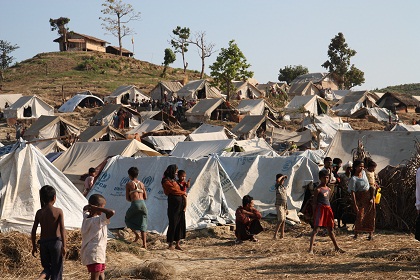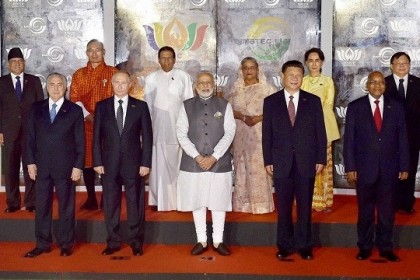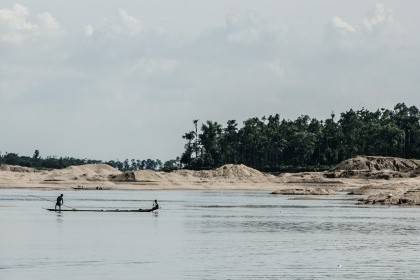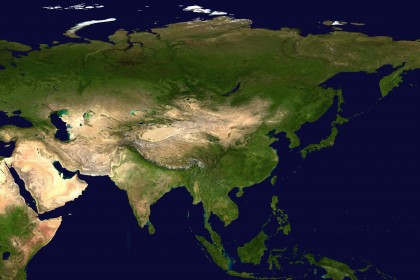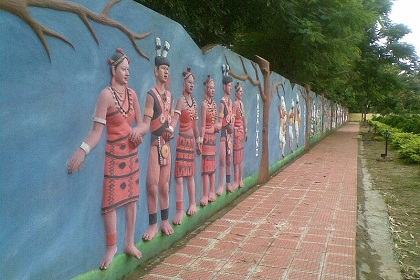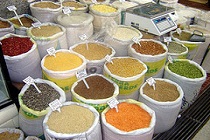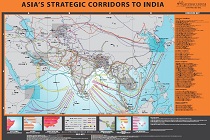Minority report: a bleak road ahead?
Even nearly 70 years after independence, the people of Myanmar are struggling to complete nation-building and resolve the Rohingya issue. Is the million-strong community an ethnic group native to Myanmar or is it of South Asian origin, and, therefore, a part of Bangladesh? Evading the issue may not hasten national reconciliation

